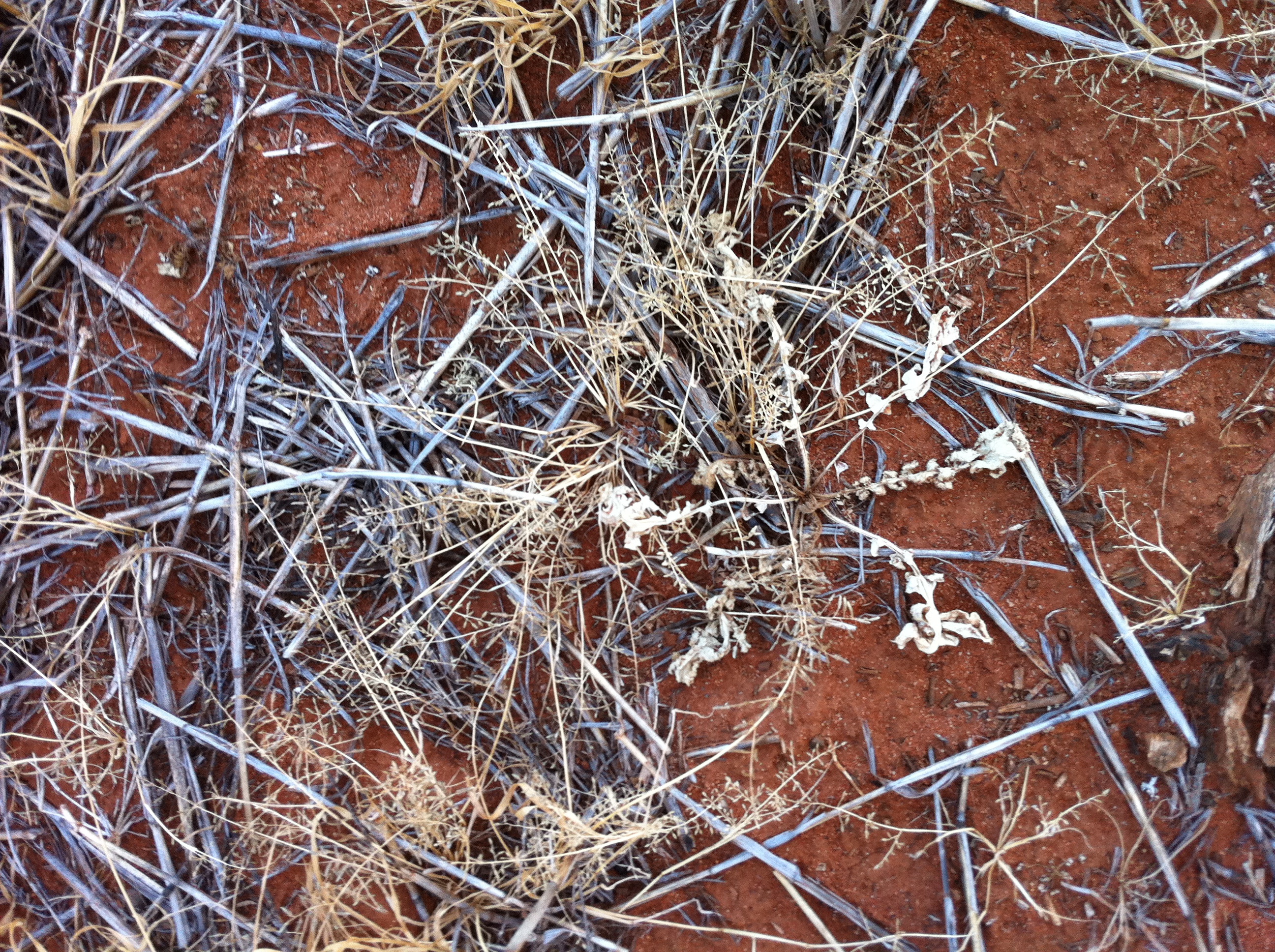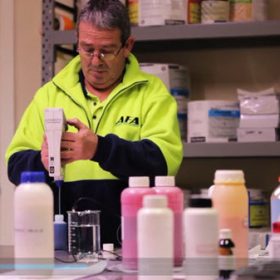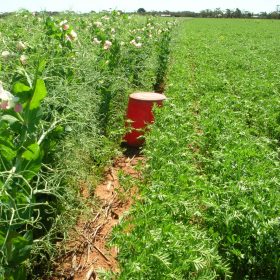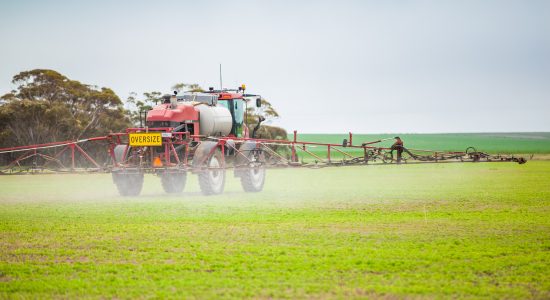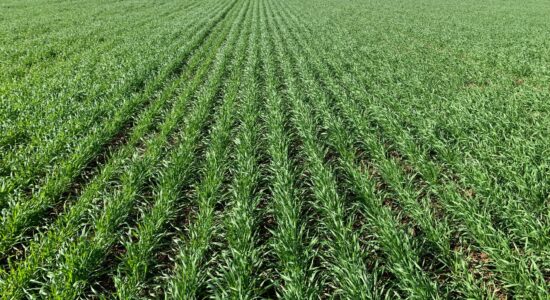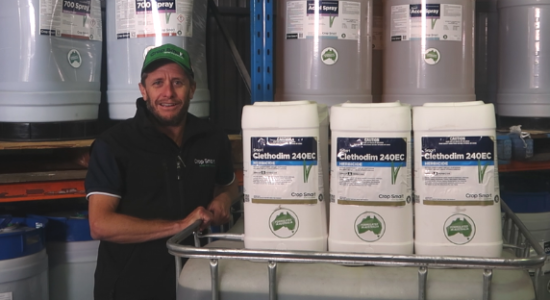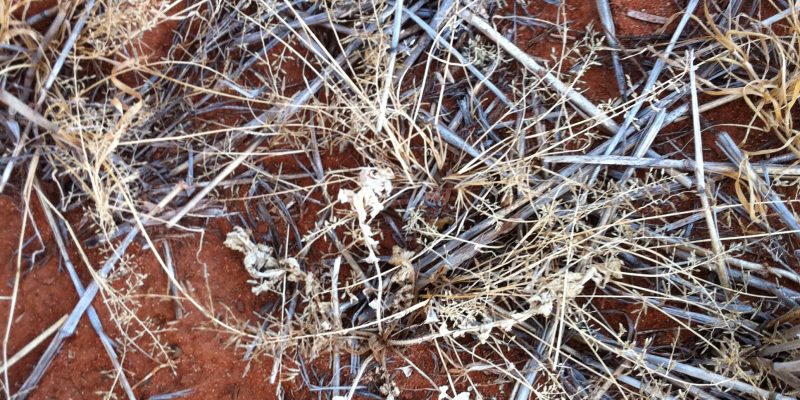
Improving knockdowns prior to seeding
Glyphosate is the base chemical for the majority of herbicide knockdown sprays prior to seeding. While it is very good, it can struggle on some broadleaf weeds, especially if they are starting to increase in size. No-till farming has allowed the use of alternate herbicides at seeding as the chemical is thrown out of the crop row. There are additions to glyphosate that can significantly increase the speed and total number of weeds killed.
The most common additions to glyphosate are the group G herbicides including carfentrazone and oxyfluorfen. This group of herbicides can be very helpful especially on weeds like marshmallow and wild radish. For pulse crops, group G herbicides are the main additions to glyphosate as there are limited options for other herbicide groups at seeding. This places extra emphasis on herbicide rates and timing before pulse crops and in some cases a double knock approach with paraquat or paraquat + diquat may be required for hard-to-kill weeds.
Cereals in a no-till system have extra herbicide options in addition to the group G spikes to help control broadleaf weeds. Group I herbicides have some robust options at low cost including clopyralid, dicamba and LV Ester, which are the most common additions with glyphosate. Clopyralid and dicamba are strong on milk thistle, prickly lettuce, medic and volunteer legumes, while LV Ester can increase control on marshmallow and brassica weeds.
A good weed kill at or prior to planting can save you time and money by not having to come back early post emergent to clean up weeds missed or having large weeds competing with your emerging crop. So before you fill up the tank, take the time to check the paddock as the herbicide that fails to kill is the most expensive application.
The Smart Agro

